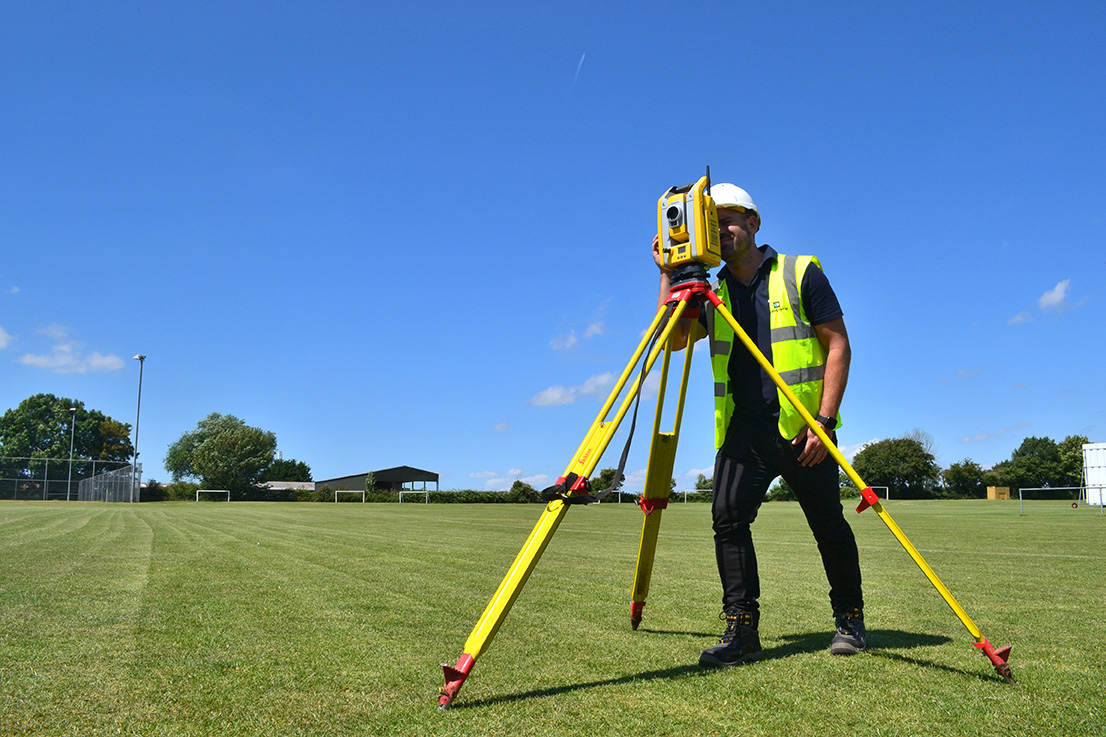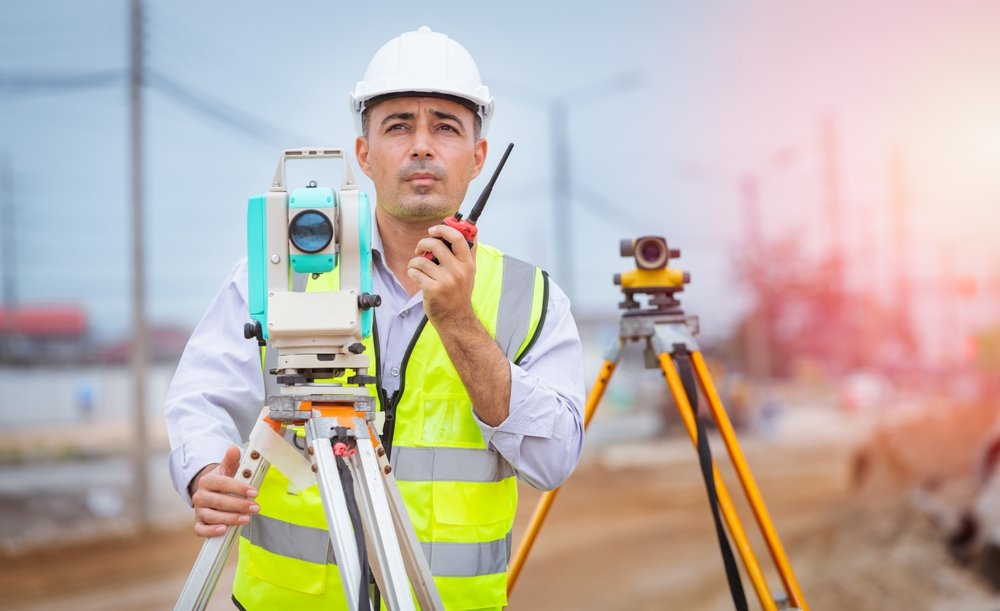What You Need to Know About Engineering Surveys for Your Next Project
What You Need to Know About Engineering Surveys for Your Next Project
Blog Article
Important Devices and Techniques in Setting Out Engineering
The discipline of laying out engineering counts greatly on a collection of crucial devices and methods that underpin the accuracy and effectiveness of project execution. Instruments such as land surveyor's levels, total terminals, and advanced GPS technology are indispensable for establishing precise referral factors. The integration of typical approaches with modern practices, consisting of geospatial analysis and 3D modeling, offers significant benefits in imagining website conditions. Comprehending how these components communicate is crucial for reducing mistakes and improving project results, yet the nuances of their application frequently remain overlooked. What ramifications does this hold for future engineering methods?
The Relevance of Accurate Measurements

The relevance of accurate dimensions expands beyond simple conformity; they are important to the overall performance of design processes. Errors can lead to material waste, task hold-ups, and enhanced labor expenses, inevitably affecting the job's profits. Furthermore, exact dimensions enhance the high quality of the end product, guaranteeing that it executes as intended and satisfies the assumptions of stakeholders - setting out engineering.
Additionally, the relevance of precise dimensions is apparent in various design techniques, including civil, mechanical, and electric design. Each field requires a distinct method to measurement, yet the underlying necessity for precision stays consistent. As tasks come to be significantly intricate, the dependence on exact dimensions will just escalate, emphasizing the demand for constant innovations in dimension strategies and innovations. Therefore, promoting a culture that prioritizes accuracy is vital for the future of engineering.
Necessary Tools for Setting Out
Setting out, a critical stage in the engineering and building and construction process, counts heavily on specific tools that make certain precise area and positioning of frameworks. Among these devices, the surveyor's degree stands out, supplying precise horizontal dimensions vital for developing reference points. This tool enables engineers to establish elevation modifications and keep uniformity across the job website.
The total station is an additional essential tool, incorporating digital distance measurement with angular measurement capacities. This modern technology enhances effectiveness and precision in recording spatial data, enabling for reliable site layout and planning.
Furthermore, the use of measuring tapes and noting devices, such as chalk lines or stakes, is fundamental for briefly noting borders and crucial points on the site. These fundamental devices, though straightforward, are crucial for guaranteeing clear interaction amongst the building group pertaining to task requirements.
Last but not least, general practitioner technology has gained traction in laying out procedures, giving real-time placing information and significantly improving precision over typical approaches. Jointly, these crucial devices create the foundation of efficient laying out practices, ultimately contributing to the effective implementation of engineering and construction projects.
Advanced Evaluating Strategies
Advanced checking methods play a critical role in boosting the accuracy and performance of design tasks. These methods include a range of methodologies that give exact data for design and building and construction. Typical techniques, such as leveling and triangulation, have actually progressed into more innovative techniques, consisting of Complete Terminal studies and International Navigation Satellite Systems (GNSS)
Complete Station tools integrate digital theodolites with distance dimension abilities, allowing land surveyors to gather specific place data with great rate. This technology considerably reduces mistakes associated with hand-operated measurements and gives real-time data handling. GNSS uses unparalleled accuracy for large projects by using satellite signals to establish exact positioning, which is necessary for ensuring and lining up frameworks conformity with layout specifications.
Along with these tools, advanced strategies also integrate geospatial evaluation and 3D modeling. These approaches make it possible for engineers to imagine terrain and website problems more efficiently, assisting in far better decision-making throughout the preparation phase. By using these advanced surveying methods, design projects can accomplish higher precision in design, minimize rework, and eventually improve general job success.
Digital Modern Technology in Design
The assimilation of electronic innovation has reinvented engineering methods, enhancing both productivity and accuracy throughout numerous techniques. Devices such as Building Information Modeling (BIM) facilitate the visualization and management of intricate tasks, enabling engineers to collaborate seamlessly and make educated choices. This innovation enables the creation of thorough 3D designs, which can be examined for structural integrity and performance prior to building begins.

The application of artificial knowledge and equipment knowing in design processes better enhances anticipating maintenance and optimization of resources. On the whole, digital innovation is improving the engineering landscape, driving advancement, and ensuring that jobs are finished with better effectiveness and minimized risk.
Best Practices for Application
When applying digital innovation in design, it is important to over here develop a tactical technique that lines up with task objectives and organizational capabilities. A thorough analysis of existing workflows and technology facilities is necessary to identify gaps and chances for enhancement. Involving stakeholders early while doing so cultivates collaboration and guarantees that the innovation satisfies individual requirements.

Project managers must take on a repetitive implementation technique, enabling for modifications based upon real-time responses and efficiency examinations. This active strategy not just minimizes risks but also promotes continuous improvement check my source by integrating lessons discovered.
Final Thought
Finally, the combination of necessary devices and progressed methods in establishing out engineering is crucial for making sure accuracy in measurements and successful job implementation. Using tools such as land surveyor's degrees, overall terminals, and GPS innovation, together with contemporary evaluating methods, enhances precision and lowers the chance of mistakes. Embracing best practices in execution additionally enhances these processes, inevitably cultivating enhanced project end results in the design and building industries.
The discipline of establishing out engineering relies greatly on a suite of important devices and methods that underpin the accuracy and performance of job execution.In addition, the value of accurate dimensions is obvious in various design self-controls, consisting of civil, mechanical, and electric engineering. By utilizing these sophisticated surveying strategies, engineering tasks can achieve better precision in format, minimize rework, and ultimately improve overall task success.
In general, digital innovation is improving the engineering landscape, driving technology, and making sure that projects are completed with better efficiency and lowered risk (setting out engineering).In verdict, the integration of necessary tools and advanced Homepage strategies in setting out engineering is essential for guaranteeing accuracy in dimensions and successful project implementation
Report this page